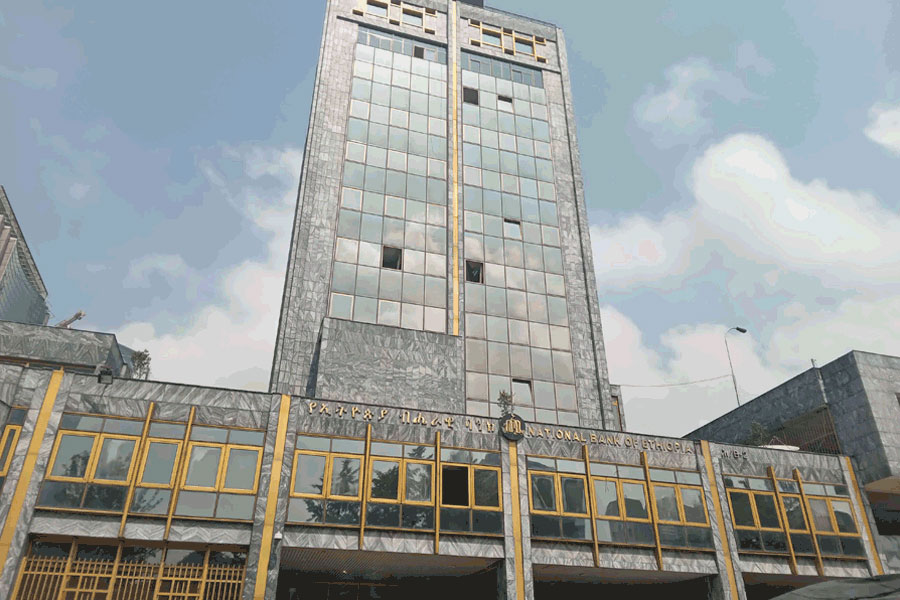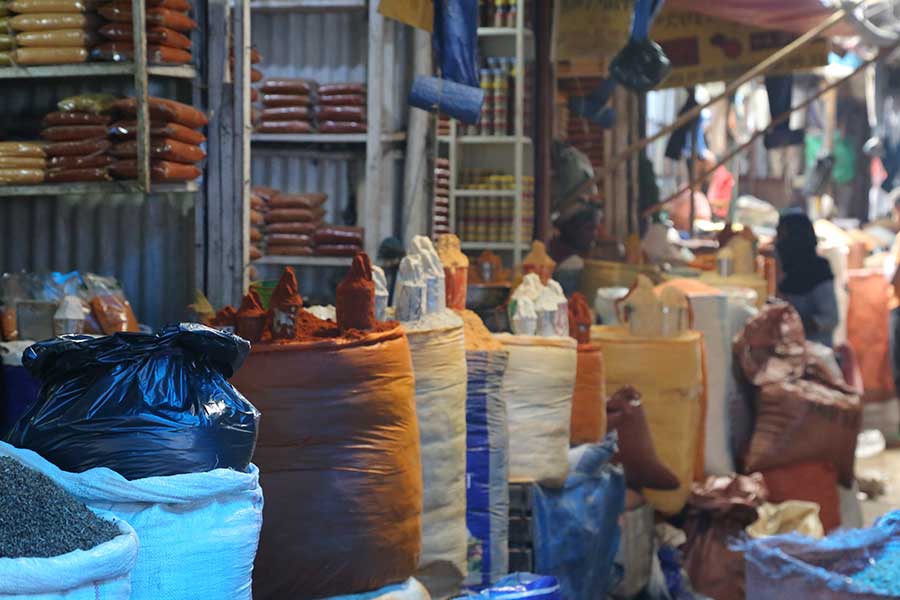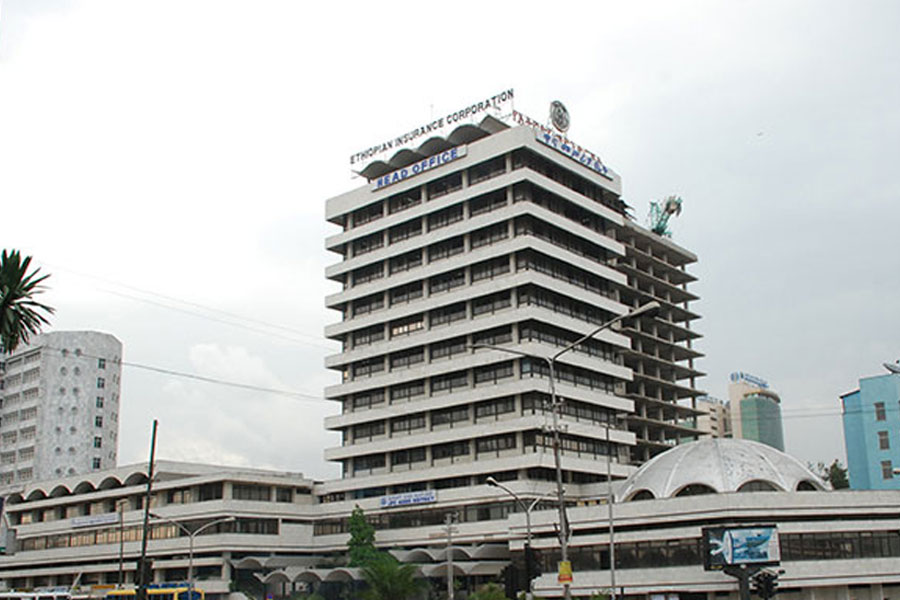
Commentaries | Oct 01,2022
Oct 8 , 2022
By Jonathan D. Ostry
In his Jackson Hole speech in August, US Federal Reserve Chair Jerome Powell made clear that curbing inflation is the Fed’s top priority. While the Fed has distanced itself from its assessment last year that the inflation pickup would be short-lived, the grounds for that assessment were tenuous even when made, given the many uncertainties about the drivers of inflation at the time.
One such driver, in particular, rising shipping costs, has been under-studied, despite being an essential contributor to – and predictor of – inflation. Even last year, the surge in shipping costs was a canary in the coal mine pointing to the need for higher interest rates to counter building price pressures.
The mandate of the world’s major central banks is to maintain price stability, which means that monetary policymakers need to identify the sources of inflation and anticipate its trajectory. Central bankers undoubtedly missed the mark by initially dismissing the sharp increase in inflation in 2021 as “transitory,” as Powell once did. But other institutions also made the same mistake. The International Monetary Fund (IMF), for example, likewise failed to anticipate the pickup and durability of inflation. Its macroeconomic forecasts for the United States were similar to the Fed’s projections.
The IMF figures also underscore the extent to which the inflation surprise had a global dimension, affecting countries around the world, from Australia to the United Kingdom, where policymakers were caught off guard. The IMF’s Spring 2022 World Economic Outlook shows that its inflation projections from a year earlier were off by a factor of more than three for advanced economies and a factor of more than two for developing and emerging-market economies, as well as for the world as a whole.
Part of the current inflation is driven by factors that were not foreseeable a year ago or whose impact was difficult to predict with precision. In the US, soaring prices reflect fiscal stimulus and the unwinding of pandemic-era savings on the demand side, as well as supply-chain disruptions related to China’s zero-COVID policy and commodity-price increases owing to Russia’s invasion of Ukraine. Economic forecasters are not geopolitical or public-health experts, and the best they can do on both fronts is to make an educated guess.
But while policymakers may get a pass for not factoring into their decisions what was unknowable a year ago, they should be held accountable for factors that were known drivers of inflation, especially if those drivers pointed to enduring price pressures. In a recent study, my co-authors and I focus on one such driver of inflation: the rapid increase in international shipping costs. By October 2021, the cost of shipping containers by maritime freight had increased by over 600pc from their pre-pandemic levels, while the cost of shipping bulk commodities by sea had more than tripled.
What caused this remarkable increase? As manufacturing activity picked up following extended COVID-19 lockdowns, demand for shipping intermediate inputs (like energy and raw materials) by sea increased significantly. At the same time, shipping capacity severely constrained by logistical hurdles and bottlenecks (often related to pandemic disruptions) and shortages of container equipment. Ports worldwide lacked workers who had to self-isolate after testing positive for COVID-19, and public-health restrictions prevented truck drivers and ship crews from crossing borders.
While skyrocketing food and energy prices were making headlines, the surge in shipping costs seemed to pass mainly under the radar, despite its potential inflationary impact. My study shows that the effects of the transport-cost shock on inflation are longer-lasting than those from the commodity shock, contradicting claims made last year that the increase in inflation would be ephemeral. My analysis suggests that doubling shipping costs leads to a rise of roughly 0.7pc in the inflation rate a year later.
Given the increase in global shipping costs during 2021, I estimate the impact on inflation a year later to be over two percentage points – a massive effect that few central banks would dismiss in setting monetary policy.
Of course, this average result varies across economies and regions, and it depends on monetary-policy frameworks, particularly central banks’ track record of stabilising prices and anchoring expectations, as well as on more structural features such as geography (which affects an economy’s remoteness and dependence on goods shipped by sea). The evidence suggests that developed countries with established price-stability credentials, including the US, would likely be less affected by shipping-cost shocks.
On the other hand, developing countries – incredibly remote, small-island states in the Pacific and the Caribbean – are at greater risk of experiencing more significant, more persistent inflationary pressures, which could generate wage-price spirals. When shipping costs surge, policymakers everywhere, especially in such countries, may need to tighten their monetary policy preemptively.
Shipping costs’ role as a driver of global inflation is under-recognised. This needs to change. Shipping-cost shocks can alert central banks tasked with ensuring price stability of dangers ahead and help them to reduce the risk of falling behind the inflation curve.
PUBLISHED ON
Oct 08,2022 [ VOL
23 , NO
1171]


Commentaries | Oct 01,2022

Fortune News | Sep 02,2023

Fortune News | Sep 06,2020

Fortune News | Oct 05,2019

Fortune News | Jan 09,2021

Radar | Nov 24,2024

Fortune News | May 08,2021

Commentaries | Jan 28,2023

Agenda | Aug 18,2024

Editorial | Feb 10,2024

My Opinion | 131499 Views | Aug 14,2021

My Opinion | 127855 Views | Aug 21,2021

My Opinion | 125833 Views | Sep 10,2021

My Opinion | 123463 Views | Aug 07,2021

Dec 22 , 2024 . By TIZITA SHEWAFERAW
Charged with transforming colossal state-owned enterprises into modern and competitiv...

Aug 18 , 2024 . By AKSAH ITALO
Although predictable Yonas Zerihun's job in the ride-hailing service is not immune to...

Jul 28 , 2024 . By TIZITA SHEWAFERAW
Unhabitual, perhaps too many, Samuel Gebreyohannes, 38, used to occasionally enjoy a couple of beers at breakfast. However, he recently swit...

Jul 13 , 2024 . By AKSAH ITALO
Investors who rely on tractors, trucks, and field vehicles for commuting, transporting commodities, and f...

Jun 28 , 2025
Meseret Damtie, the assertive auditor general, has never been shy about naming names...

Jun 21 , 2025
A well-worn adage says, “Budget is not destiny, but it is direction.” Examining t...

Jun 14 , 2025
Yet again, the Horn of Africa is bracing for trouble. A region already frayed by wars...

Jun 7 , 2025
Few promises shine brighter in Addis Abeba than the pledge of a roof for every family...

Jun 29 , 2025
Addis Abeba's first rains have coincided with a sweeping rise in private school tuition, prompting the city's education...

Jun 29 , 2025 . By BEZAWIT HULUAGER
Central Bank Governor Mamo Mihretu claimed a bold reconfiguration of monetary policy...

Jun 29 , 2025 . By BEZAWIT HULUAGER
The federal government is betting on a sweeping overhaul of the driver licensing regi...

Jun 29 , 2025 . By NAHOM AYELE
Gadaa Bank has listed 1.2 million shares on the Ethiopian Securities Exchange (ESX),...